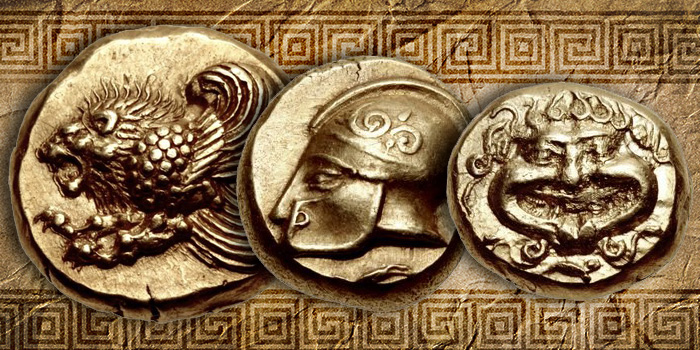
Greek hectae coins come in over several hundred designs.
Among the most avidly collected of Greek coins are hectae – or 1/6th staters – small, thick coins struck at mints in Western Asia Minor from the late seventh through the late fourth centuries BCE. Most were made of electrum, an alloy of gold and silver which can vary considerably in color based on the ratio of its two principal metals.
Hectae bear a remarkably wide variety of designs, something in sharp contrast with the ‘trade coins’ of most ancient mints. A collector can expect to encounter several hundred different designs – a challenging list if one desires anything close to a complete collection.

Ionia hecte, uncertain mint, with plain obverse, c.650 to 600 BCE. All images courtesy Classical Numismatic Group (CNG)
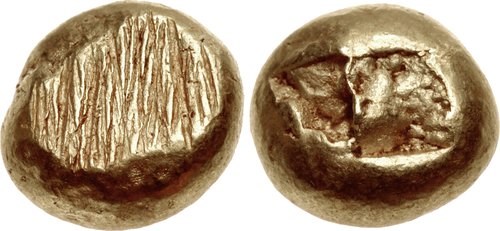
Ionia hecte, uncertain mint, with striated obverse, c.650 to 600 BCE
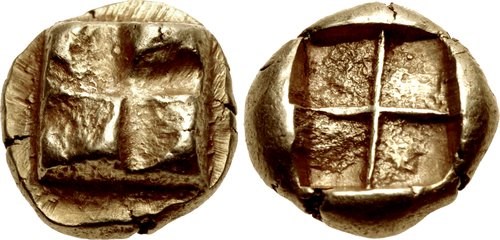
Ionia hecte, uncertain mint, with raised ‘swastika’ design obverse, c.625 to 600/550 BCE
The earliest hectae were electrum pieces from uncertain mints in the region of Ionia. Their reverses were formed when struck by high-relief punches that created deep incuse cavities; the obverse dies were blank or had simple designs. Above are three examples.
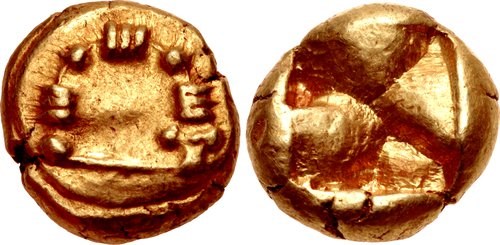
Ionia hecte, uncertain mint, c.600 to 550 BCE

Ionia hecte, Erythrae mint, c.550 to 500 BCE
By the early sixth century BCE, hectae began to have more intricate designs. The two pieces above are good examples – one displays a clothing pin or brooch called a fibula; the other bears the head of the hero Heracles (Hercules to the later Romans).
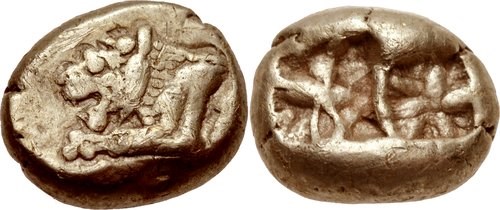
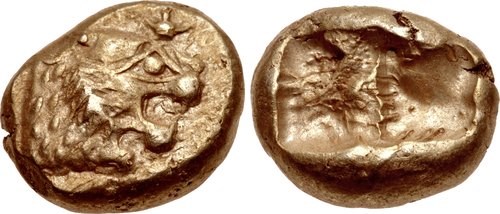
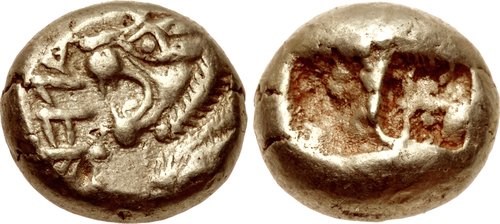
Shown above are three electrum hectae thought to be royal issues from the neighboring region of Lydia, issued c.610 to 560 BCE. After these early coinages, the Lydian king Croesus (561 to 546 BCE) switched over from electrum coins to those made of high-purity gold and silver.
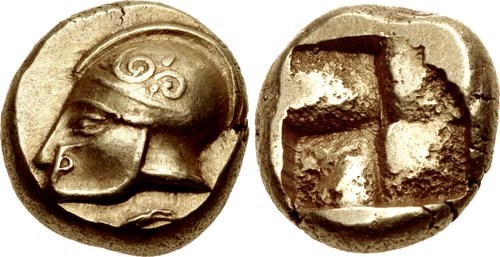
Phocaea hecte depicting a helmeted head, c.521 to 478 BCE
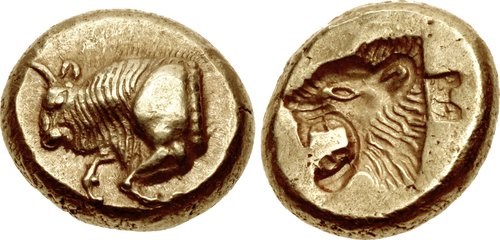
Mytilene hecte with the forepart of a bull and a lion’s head, c.521 to 478 BCE
By far the most important mints for hectae were Phocaea (in Ionia) and Mytilene (on the nearby island of Lesbos), which issued very large quantities of these coins from about 521 to 326/5 BCE. These two cities had a contractural agreement by which they agreed to produce hectae in alternating years.
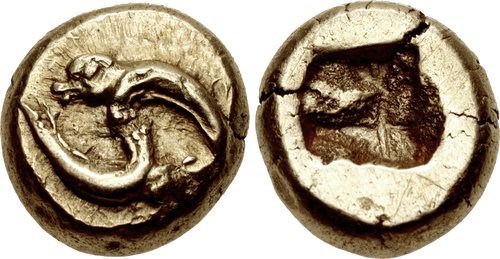
Phocaea hecte depicting two seals, c.521 to 478 BCE
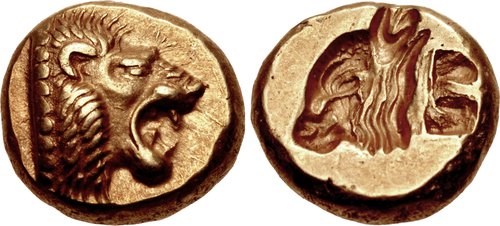
Mytilene hecte with the heads of a lion and a calf, c.521 to 478 BCE
The issues of these two mints are easy to distinguish. Those of Phocaea bore the city’s symbol, a seal (phoca is Greek for seal), and had an artistic design only on the obverse, whereas Mytilene’s hectae had no distinctive mint symbol but had artistic designs on both sides.
We might also add that, in most cases, hectae designs of Phocaea are shown in profile face left, whereas those of Mytilene typically face right.

Phocaea hecte bearing the head of a female wearing a close-fitting cap, c.521 to 478 BCE

Mytilene hecte with the forepart of a winged lion and the head of a cock, c.521 to 478 BCE
During the nearly two centuries that these cities produced hectae as a joint venture, they created more than 200 distinct emissions, each with a different design or design combination.
Such remarkable variety is uncharacteristic of ancient Greek ‘trade coins’. In this regard the only comparable mint for electrum coinage is Cyzicus (also in Asia Minor), as most mints tended to have a single design (or a very limited range of designs), for their most valuable issues.
Now, for a sampling of hectae designs from Phocaea and Mytilene.
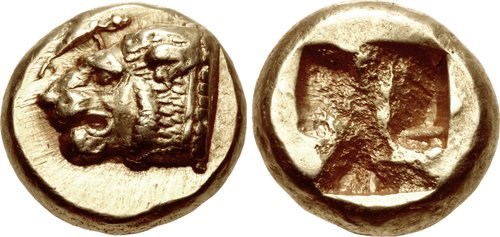
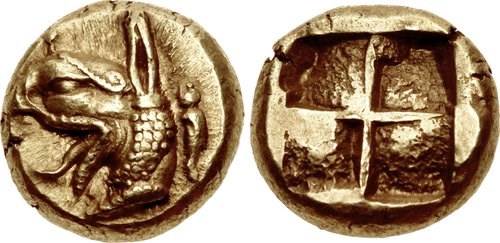
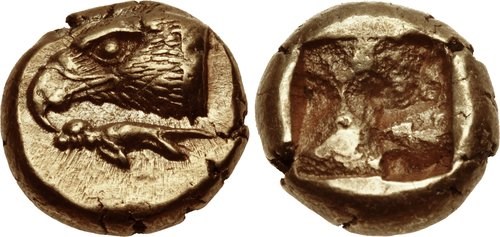
The earliest electrum hectae of Phocaea predate the beginning of the city’s joint-coinage contract with Mytilene in 521. Shown above are three examples of early Phocaea hectae, all dating to c.625 to 522 BCE.
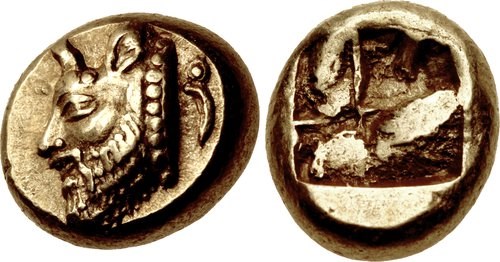
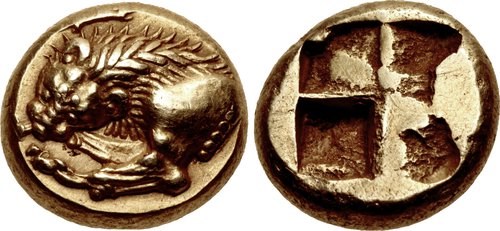

Above are three Phocaea hectae of the period c.521 to 478 BCE.
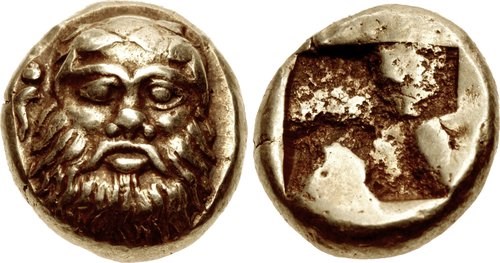

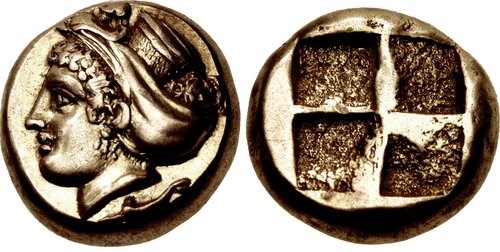
Above are three Phocaea electrum hectae of the period c.478 to 387 BCE.

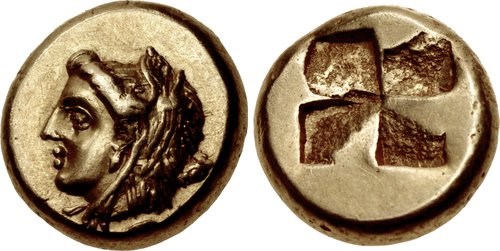
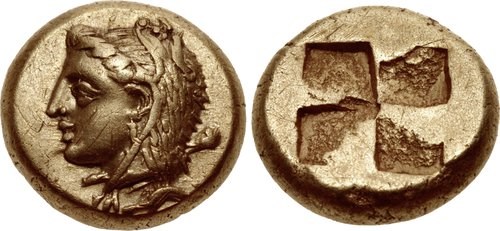
Above are three Phocaea electrum hectae of the period c.387 to 326 BCE.
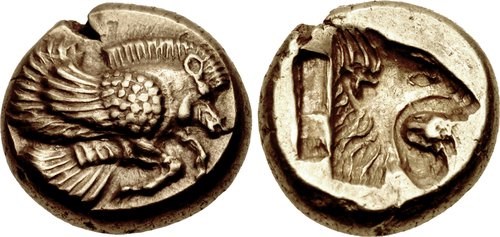

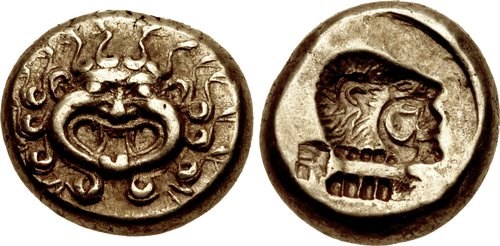
Above are three Mytilene hectae of the period c.521 to 478 BCE.
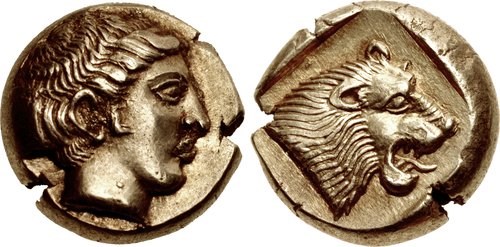
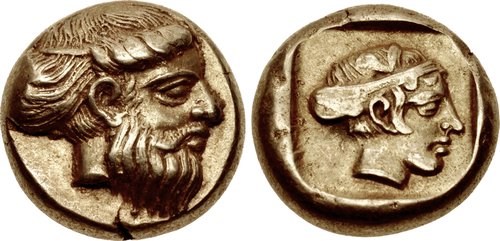

Above are three Mytilene electrum hectae of the period c.454 to 427 BCE.
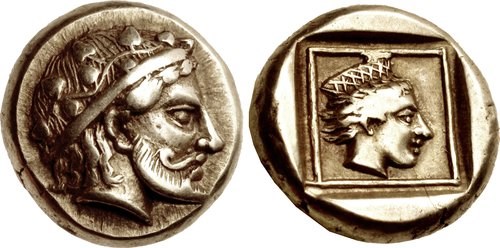
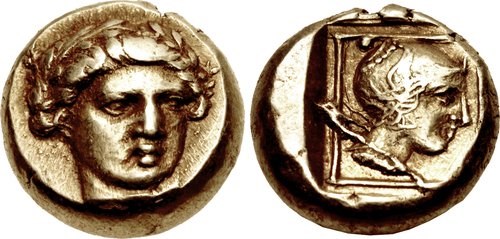

Above are three Mytilene electrum hectae of the period c.412 to 378 BCE.
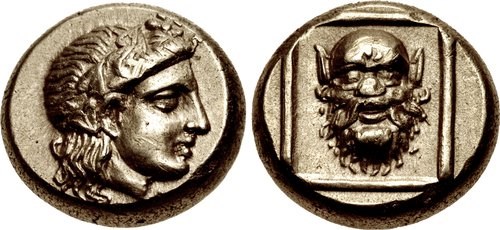

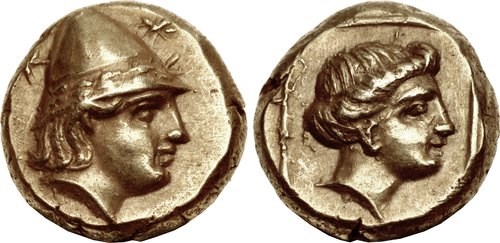
And finally, three Mytilene hectae of the period c.377 to 326 BCE.
* * *
Interested in reading more articles on Ancient coins? Click here.
NGC-Certified Ancient Electrum Coins Currently Available on eBay
[wpebayads]




